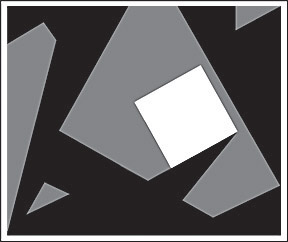Figure 1 shows where the values in these four types of compositions would generally fall on a value scale.




| VIII. Value
Structure (value construction) - the pattern or configuration based
upon the arrangement of values in a design. There are generally four types
of value compositions, high key (mostly light values), low key (mostly dark
values), middle key (mostly middle range values), and high contrast (significant
amounts each of extreme darks and lights) Figure 1 shows where the values in these four types of compositions would generally fall on a value scale. |
|
| Figure 1 | |
 |
|
| Beyond this, a composition's value structure is essentially a result of similarity grouping and contrasting. For example, shapes of similar or the same value will visually group regardless of their position to each other. In Figure 2, the black shapes form one grouping, the grey shapes form a second grouping, and the white shape stands alone. A unified composition is easily achieved since the viewer need only visually digest two groupings and one shape as opposed to eleven shapes. | |
 |
|
| Figure 2 | |
| Sometimes shapes of similar or the same value may be positioned so that they touch one another, when this occurs, these shapes form masses. In turn, the masses having similar values visually unite to form larger groupings. In analyzing Figure 3 one can see how this works. The design is composed of two large groupings, one light and one dark. Upon further analisis one can see that the light grouping is composed of one light shape (on the left) and one light mass while the dark grouping is composed of two dark masses. | |
 |
 |
| Figure 3 | Figure 4 |
| The way in which values are grouped and contrasted has an important impact upon a design. One can see this when comparing Figure 3 and Figure 4. Although both designs have the same basic layout of shapes, each is a distinctly different composition due to their individual value structures. Value structure can be used to strengthen and affect the linear structure of a composition by emphasizing structurally important edges (lines). This can be achieved by contrasting the values of the adjacent areas that form these edges. In comparing Figure 3 and Figure 4, one can see that somewhat different edges (lines) have been emphasized in each. This comparison shows that value structure and linear structure are intertwined and dependent upon each other. | |